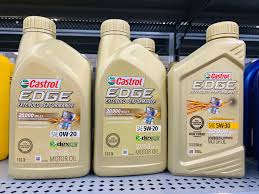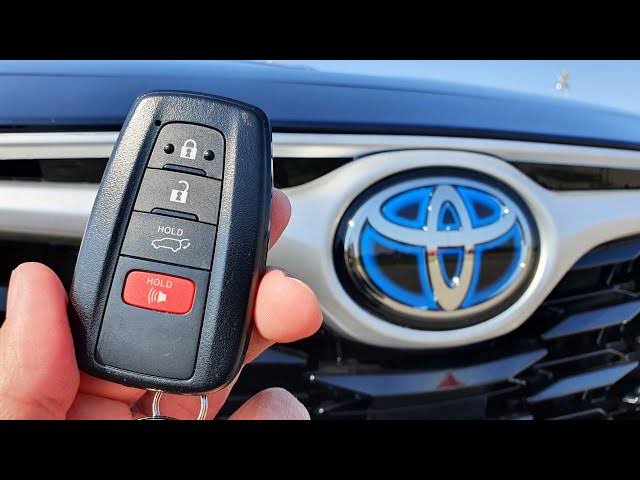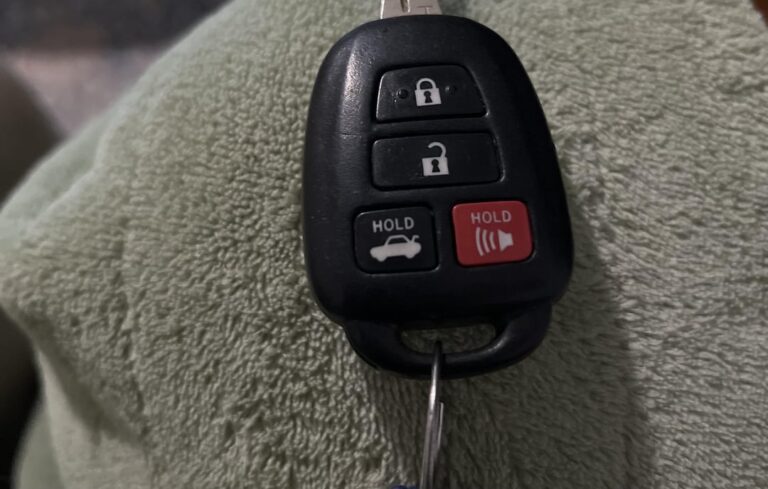Will a Loose Gas Cap Cause the Check Engine Light?

A loose or improperly sealed gas cap is one of the most common and simplest causes of a check engine light. Many drivers overlook this small detail, but it can trigger a warning light on your dashboard. In this article, we will explore how a loose gas cap affects your vehicle and what you can do to fix it.
How Does a Loose Gas Cap Trigger the Check Engine Light?
1. Fuel System Pressure Disruption
- Sealing the Gas Tank: The gas cap is designed to create a sealed environment within the fuel system. When it is loose, air can enter the system, which disrupts the proper pressure regulation.
- Evaporative Emissions System: Modern cars are equipped with an evaporative emissions control system (EVAP) that captures fuel vapors to prevent them from escaping into the atmosphere. A loose gas cap can cause a vacuum leak in this system, triggering the check engine light.
2. O2 Sensor and Fuel Vapors
- Increased Vapor Release: Without a tightly sealed gas cap, fuel vapors can escape, causing the vehicle’s sensors, such as the oxygen (O2) sensor, to detect irregular readings in the fuel mixture. This will cause the engine control module (ECM) to set off the check engine light.
Symptoms of a Loose Gas Cap
If your gas cap is loose, you might notice a few indicators:
1. Check Engine Light
- The most obvious symptom of a loose gas cap is the illumination of the check engine light on your dashboard. This light can remain on until the issue is resolved.
2. Fuel Odor
- You may notice the smell of gasoline near the fuel tank. This is because fuel vapors are leaking due to an improperly sealed gas cap.
3. Decreased Fuel Efficiency
- A loose gas cap can also cause your vehicle’s fuel system to operate inefficiently, potentially leading to reduced fuel economy.
How to Fix a Loose Gas Cap
1. Tighten the Gas Cap
- Simple Solution: If your gas cap is loose, the solution is simple—tighten it. Ensure it clicks into place when securing it. Most gas caps require several clicks to ensure they are fully closed.
- Check for Cracks: Inspect the gas cap for any cracks or damage. If the gas cap appears worn or damaged, you should replace it.
2. Reset the Check Engine Light
- Clear the Code: After tightening the gas cap, the check engine light may remain on until the vehicle’s onboard diagnostic system recognizes the fix. You can either drive the vehicle for a few days or reset the light with an OBD-II scanner.
3. Replace the Gas Cap
- Replace If Necessary: If your gas cap is damaged or worn out and tightening it doesn’t solve the problem, you will need to replace it. A new gas cap is relatively inexpensive and can be found at most auto parts stores.
When Should You Seek Professional Help?
If tightening or replacing the gas cap doesn’t solve the issue and the check engine light remains on, there may be a deeper issue with the evaporative emissions system. In this case, it’s best to take your vehicle to a mechanic for further diagnosis.
Conclusion
A loose gas cap is a simple yet common cause of a check engine light. It can affect your vehicle’s fuel system and lead to reduced efficiency or unnecessary emissions. If you notice the check engine light on your dashboard and suspect a loose gas cap, try tightening it first. If the problem persists, consider replacing the gas cap or seeking professional help.
FAQs
1. Can a loose gas cap cause serious engine damage?
- No: A loose gas cap typically does not cause serious engine damage, but it can affect fuel efficiency and emissions. It is important to address the issue to avoid long-term problems.
2. How long does it take for the check engine light to turn off after fixing the gas cap?
- Varies: It may take a few drive cycles (i.e., driving for a few days) for the check engine light to turn off automatically. In some cases, you may need to reset the light with an OBD-II scanner.
3. Can I drive with a loose gas cap?
- Yes, but not recommended: While driving with a loose gas cap will not immediately damage your vehicle, it can lead to fuel vapor leaks and reduced fuel efficiency. It’s best to fix the issue as soon as possible.
4. How do I know if my gas cap is damaged?
- Signs of Damage: Look for visible cracks, worn threads, or a seal that is no longer intact. If the gas cap feels loose even when tightly closed, it may be damaged.





